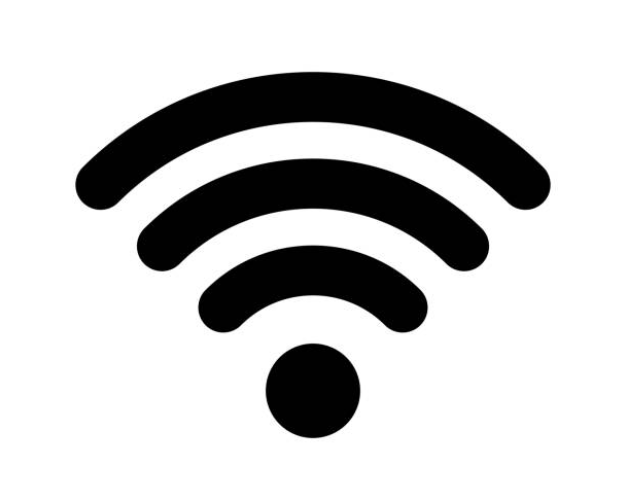Every wireless network has a service set identifier or SSID. It is another term for “WiFi network name”. The router continuously transmits a beacon frame, which contains network information, including SSID. Doing so broadcasts the network’s existence. However, any actions you take while connecting to the Wi-Fi, your router will still emit a signal. It, then, can be intercepted by hackers. Regardless, if you want to hide your SSID still, you can follow the three steps below.
Step 1: Log in to the admin panel
You can try connecting wirelessly by entering its IP address into your browser. Most of the time, it is 192.168.0.1. Then, you can input your username and password. Otherwise, you may need a wired LAN connection to your router for the browser login to work.
Step 2: Configure the login panel
Once logged in, please look at the navigation bar for a section titled Wireless or something similar. If there are submenus, please find one that is labelled Wireless Settings, Wireless Options, or Wireless > Basic Settings. Sometimes it is under the advanced tab.
Here you should have the options to configure the SSID, channel options, and possibly security, depending on your router. You should look for an option called Enable SSID Broadcast, Hide SSID, Visibility Status, or Enable Hidden Wireless. You may hide or unhide your SSID as you please. Please note that all devices already connected to your network will remain connected. It is the new devices that will require you to input network information manually.
Step 3: Further secure your network
As mentioned, hiding your SSID does not help much with preventing malicious users or hackers. You can try to secure your network by following other security tips, such as selecting the most secure security protocols like WPA2, WPA/WPA2, and WPA-AES.

